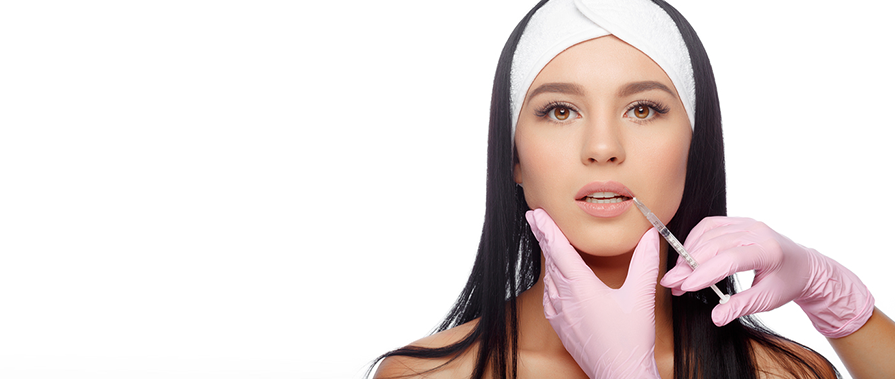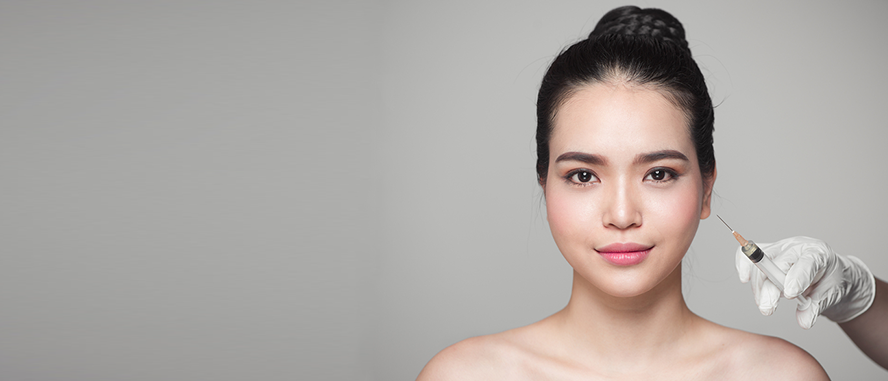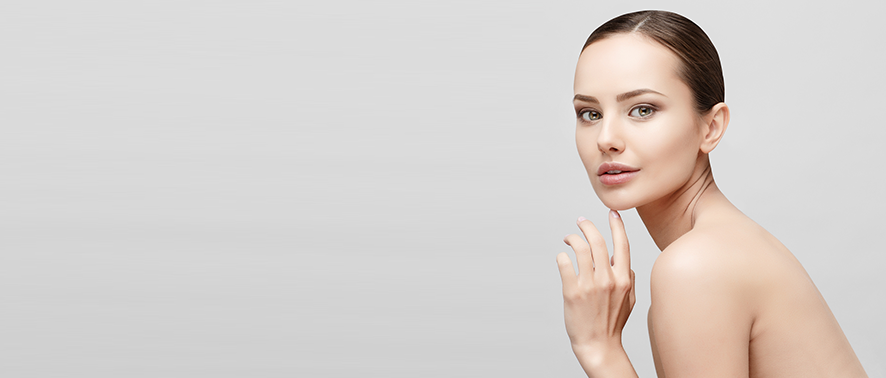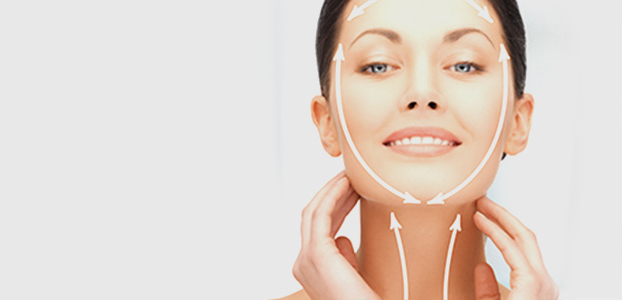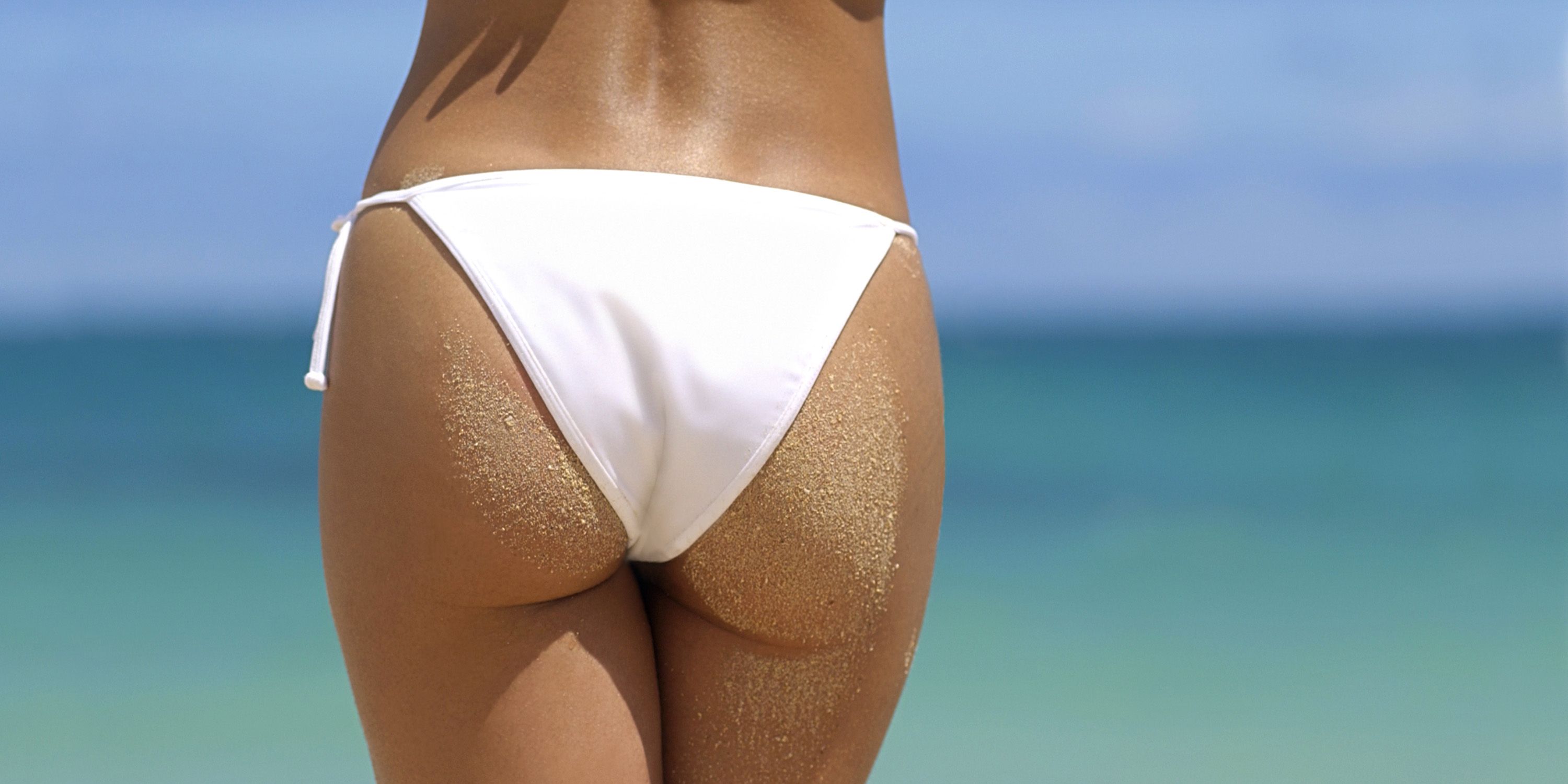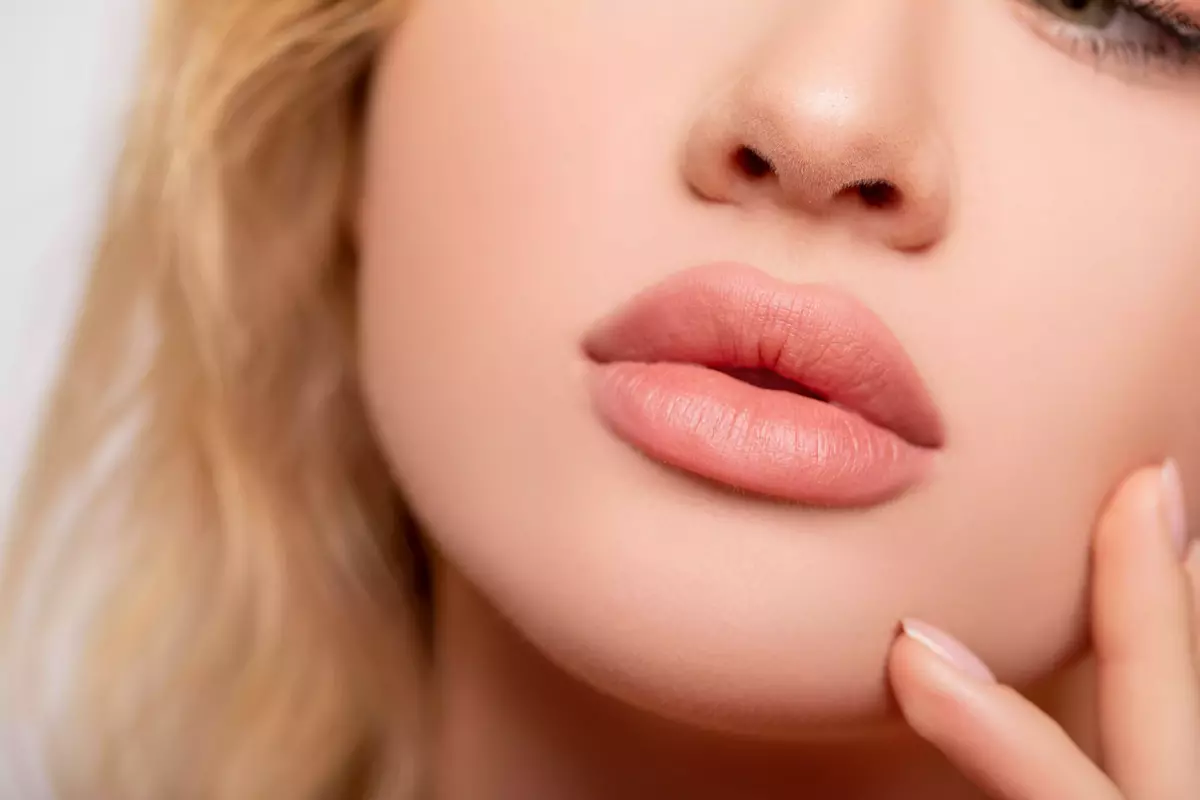Fuller, well-defined lips have become one of the most sought-after aesthetic treatments in modern cosmetic medicine. The popularity of lip enhancement procedures has surged as patients seek subtle improvements that complement their natural features rather than creating dramatic transformations.
At Sanctuary Medical Aesthetic Center in Boca Raton and Fort Lauderdale, our board-certified professionals understand that successful lip enhancement requires both artistic vision and technical expertise. The goal is to create results that look naturally beautiful while maintaining facial harmony.
Understanding Lip Anatomy and Aesthetics
The lips consist of complex anatomical structures that require careful consideration during treatment. The upper and lower lips each have distinct characteristics that influence how fillers should be applied. The vermillion border creates the sharp transition between lip tissue and facial skin, while the cupid’s bow defines the curved upper lip boundary. The philtrum columns frame the central lip area and contribute to facial symmetry.
Natural lip proportions typically follow the golden ratio, where the lower lip should be approximately 1.6 times fuller than the upper lip. However, individual facial features and patient preferences must guide treatment decisions rather than strict adherence to mathematical formulas. Age-related volume loss, genetic factors and previous treatments all influence the approach to lip enhancement.
The relationship between lip size and other facial features affects perceived attractiveness and harmony. Practitioners must consider chin projection, nose shape and facial width when planning lip enhancement procedures. This comprehensive approach helps achieve results that appear naturally proportionate.
Types of Dermal Fillers for Lip Enhancement
Hyaluronic acid-based fillers remain the gold standard for lip enhancement procedures. These products offer several advantages, including reversibility, natural integration with tissue and the ability to attract moisture for long-lasting hydration. The molecular structure of hyaluronic acid allows it to bind water molecules, creating subtle volume while maintaining soft, natural movement.
Different filler formulations provide varying levels of lift, projection and longevity. Softer formulations work well for subtle volume additions and hydration, while firmer products can create more dramatic structural changes. Ultra-smooth gels integrate seamlessly with lip tissue, while slightly firmer options provide better structural support for reshaping.
The choice of filler depends on the patient’s anatomy, desired outcome and treatment goals. First-time patients often benefit from softer formulations that allow for gradual improvement over multiple sessions. Patients seeking more dramatic results may require firmer products with greater lifting capacity.
The Consultation Process
A thorough consultation forms the foundation of successful lip enhancement. During this appointment, practitioners assess facial proportions, discuss patient expectations and develop a customized treatment plan. The consultation includes evaluation of existing lip volume, symmetry, skin quality and healing history.
Photography and detailed measurements help document baseline appearance and track progress over time. Multiple angles capture the lips at rest and during animation, providing valuable reference points for treatment planning. Digital imaging may help patients visualize potential outcomes and make informed decisions.
Patients should feel comfortable discussing their concerns and desired outcomes during this consultation phase. Medical history review identifies potential contraindications or factors that may affect healing. Previous cosmetic treatments, allergies and medications all influence treatment recommendations.
Advanced Injection Techniques
Modern injection techniques focus on creating natural-looking results through precise product placement. The micro-droplet technique involves placing small amounts of filler throughout the lips rather than concentrating large volumes in specific areas. This method allows for more even distribution and gradual building of volume.
Linear threading and cross-hatching methods allow for even distribution of product while maintaining natural lip movement. These techniques help prevent the overfilled appearance that was common with earlier lip enhancement procedures. The threading approach creates structural support while preserving lip flexibility during speaking and eating.
Cannula-based injections have gained popularity for their ability to reduce bruising and swelling while providing smooth, even results. The blunt-tip cannula allows practitioners to treat larger areas with fewer entry points, minimizing trauma to surrounding tissues. This technique particularly benefits patients with sensitive skin or those prone to bruising.
Managing Patient Expectations
Realistic expectations are vital for patient satisfaction with lip enhancement procedures. Initial results may appear more pronounced due to swelling, which typically subsides within 24 to 48 hours. Final results become apparent after approximately two weeks when any residual swelling has resolved and the filler has settled into its final position.
Most patients require touch-up appointments two to four weeks after their initial treatment to fine-tune results and address any asymmetries. This staged approach allows for gradual improvement while maintaining natural appearance. The conservative initial treatment philosophy helps prevent overcorrection and allows for adjustments based on healing patterns.
Communication throughout the process helps maintain realistic expectations and patient satisfaction. Before-and-after photos from similar cases can help patients understand typical outcomes. Setting clear timelines for results and follow-up appointments prevents disappointment and anxiety during the healing process.
Post-Treatment Care and Recovery
Proper aftercare significantly impacts treatment outcomes and recovery time. Patients should avoid strenuous exercise, excessive heat exposure and alcohol consumption for 24 hours following treatment. These activities can increase blood flow and potentially worsen swelling or bruising at injection sites.
Ice application can help minimize swelling and discomfort during the first few hours after treatment. However, ice should be applied gently to avoid shifting the newly placed filler. Sleeping with the head elevated for the first night can also help reduce morning swelling.
Gentle lip massage may be recommended to distribute product evenly and prevent lumps from forming. The technique and timing of massage should follow practitioner instructions, as improper manipulation can affect results. Patients should avoid wearing lipstick or lip products for at least 12 hours to prevent infection at injection sites.
Potential Complications and Safety Considerations
While lip enhancement with dermal fillers is generally safe when performed by qualified practitioners, potential complications can occur. These may include asymmetry, overcorrection, vascular compromise or allergic reactions. Understanding these risks helps patients make informed decisions about treatment.
Vascular compromise represents the most serious potential complication, though it remains extremely rare when proper techniques are used. Signs include unusual blanching, severe pain or tissue color changes. Immediate recognition and treatment are essential for preventing permanent complications.
Choosing an experienced injector who understands facial anatomy significantly reduces complication risks. Board-certified plastic surgeons and dermatologists possess the training and expertise necessary to handle both routine treatments and emergency situations. Their knowledge of facial blood supply and tissue anatomy helps prevent complications before they occur.
Long-Term Maintenance
Hyaluronic acid fillers typically last six to 12 months in the lip area due to the high degree of movement and metabolism in this region. Factors affecting longevity include individual metabolism, lifestyle habits and the specific product used. Patients with active lifestyles or faster metabolisms may require more frequent touch-ups.
Regular maintenance appointments help preserve results and allow for gradual improvements over time. Some patients prefer to schedule touch-up treatments before their results completely fade, maintaining consistent lip volume and shape. This approach often requires less product and provides more predictable outcomes.
Building a long-term relationship with a skilled practitioner allows for refinement of technique and better understanding of individual response patterns. Consistent care providers can track changes over time and adjust treatment approaches accordingly. This continuity often leads to better outcomes and higher patient satisfaction.
Transform Your Lips at Sanctuary Medical Aesthetic Center
Ready to achieve naturally beautiful lips that complement your facial features? The expert team at Sanctuary Medical Aesthetic Center combines artistic vision with advanced techniques to deliver exceptional results. Our board-certified professionals will work with you to develop a personalized treatment plan that meets your aesthetic goals.
Lip enhancement pairs beautifully with our other facial rejuvenation services. Consider combining your lip treatment with BOTOX® Cosmetic for comprehensive facial renewal, or explore our innovative HydraFacial® treatments for improved skin texture and glow.
Schedule your consultation today by calling (561) 247-2958 or visiting our Boca Raton or Fort Lauderdale locations. Take the first step toward achieving the natural-looking lip enhancement you’ve been dreaming of.
Frequently Asked Questions
How long do lip filler results last?
Most patients can expect their lip filler results to last between six to 12 months. The longevity depends on factors such as the type of filler used, individual metabolism and lifestyle factors. Regular maintenance appointments help preserve optimal results.
Is lip enhancement painful?
Most patients experience minimal discomfort during lip enhancement procedures. Topical numbing cream is applied before treatment, and many fillers contain lidocaine for additional comfort. Any discomfort typically subsides quickly after the procedure.
Can lip fillers look natural?
Yes, when performed by skilled practitioners using appropriate techniques and products, lip fillers can create very natural-looking results. The key is choosing an experienced injector who understands facial anatomy and aesthetic proportions.
What should I avoid after lip filler treatment?
Avoid strenuous exercise, excessive heat exposure, alcohol consumption and wearing lipstick for 24 hours after treatment. Following post-care instructions helps minimize swelling and optimize results.
Are there any risks associated with lip fillers?
While generally safe, potential risks include swelling, bruising, asymmetry, infection or vascular complications. Choosing a qualified, experienced practitioner significantly reduces these risks and provides access to proper emergency care if needed.






